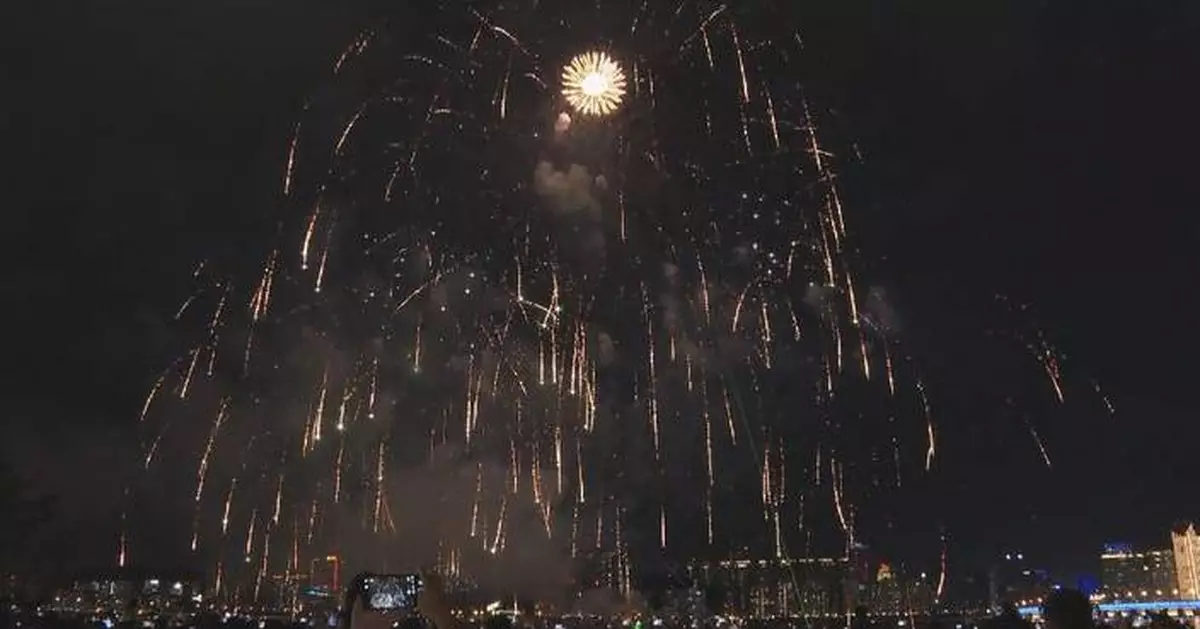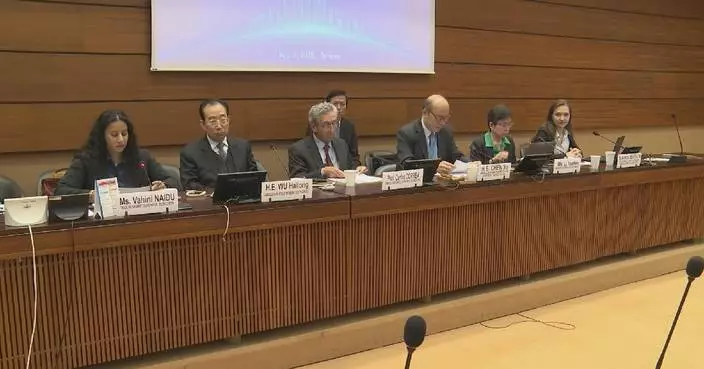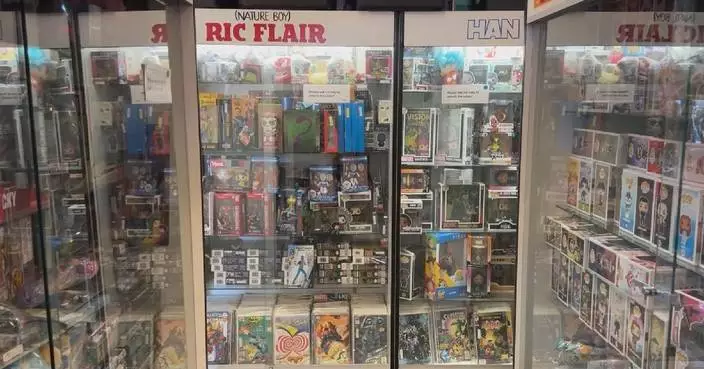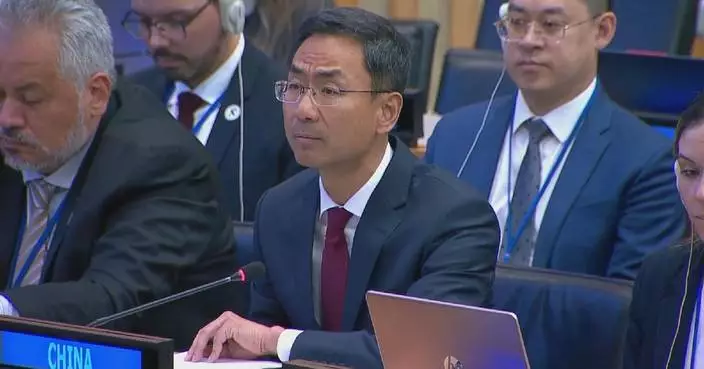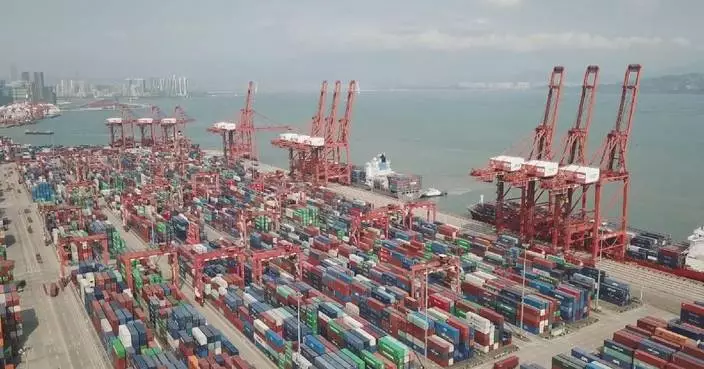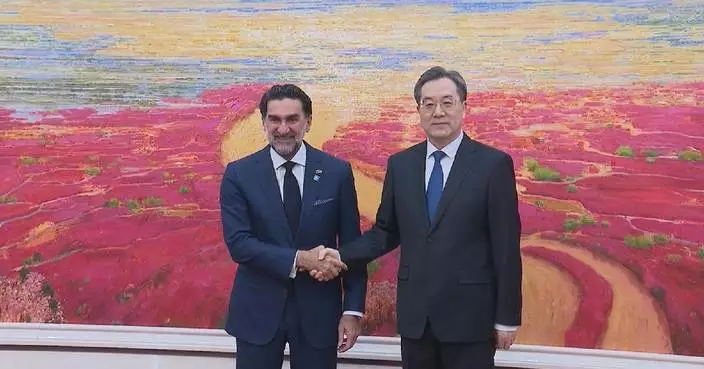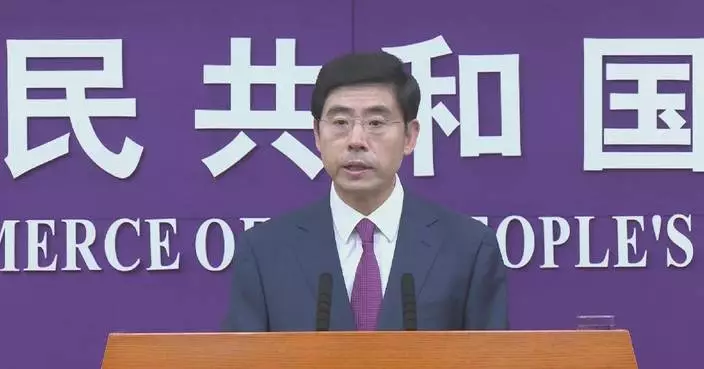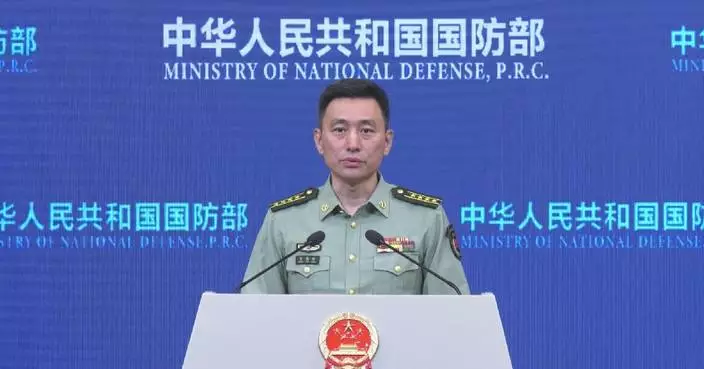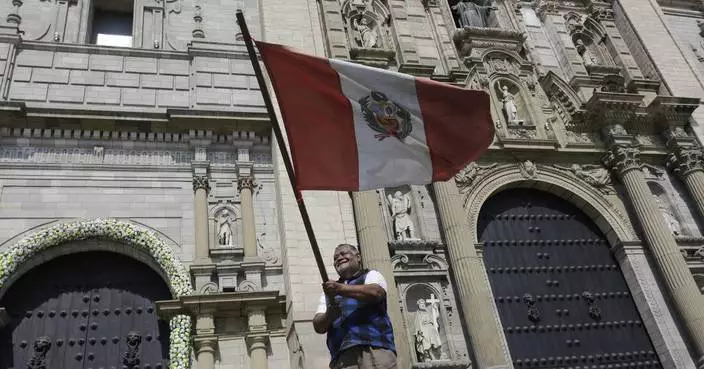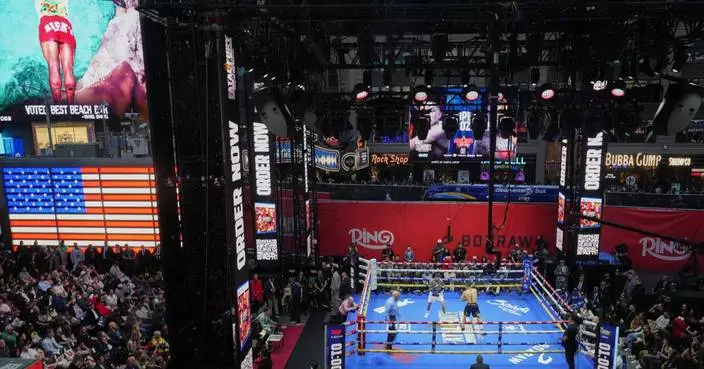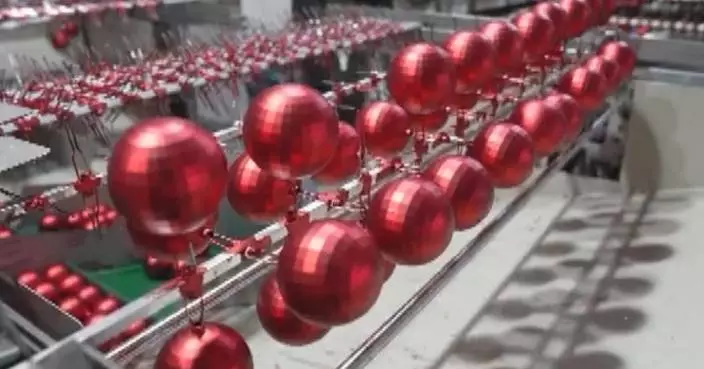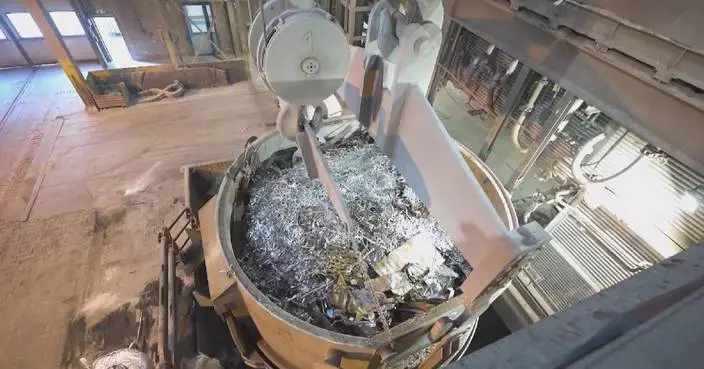The 32nd Macao International Fireworks Display Contest commenced on Saturday night to celebrate the Mid-Autumn Festival and the upcoming National Day.
The contest is sponsored by the Macao Government Tourism Office. Canadian and Thai teams presented the first two feasts for the audience, and Russian and French fireworks shows were scheduled for Sunday.
Landmarks in Macao, including the Ruins of St. Paul's and the Senado Square, have been adorned with beautifully designed lighting decorations, creating a vibrant festive atmosphere.
Accompanied by light music, spectacular fireworks lighted up the night sky above the water near the Macao Tower, captivating both locals and visitors alike.
According to the organizer, teams from the Chinese mainland, Russia, France, Spain and Portugal will successively put on shows on Sunday, Sept 21 and on Oct 1 and 6. Each night of these days will feature two shows, with each lasting for around 18 minutes.
"This year marks the 75th founding anniversary of our People's Republic of China and the 25th anniversary of Macao's return to the motherland, which is what we call the year of two grand celebrations. Therefore, this 32nd edition of the fireworks show carries special significance. We have invited teams from 10 countries to participate in this event. We have put up the Fireworks Carnival every year, and this year we will continue to hold it, placing it at one of the most prime viewing spots. We also hope to boost our night economy through such an initiative," said Ricky Hoi, acting director of the Macao Government Tourism Office.
"I am very excited. It's been ages since I watched fireworks live, and they are truly amazing," said Ms. Cheung, a Macao citizen.
"I've brought my family here to enjoy the festivities and the fireworks. With the National Day and the 25th anniversary of Macao's return to the mainland approaching, I wish the country and Macao a brighter future," said Ms. Wong, another Macao citizen.
The Mid-Autumn Festival is a traditional Chinese festival celebrated on the night when the moon reaches its fullest and brightest on the 15th day of the eighth month on the lunar calendar. This year, the day falls on Sept 17.
China's National Day falls on Oct 1.
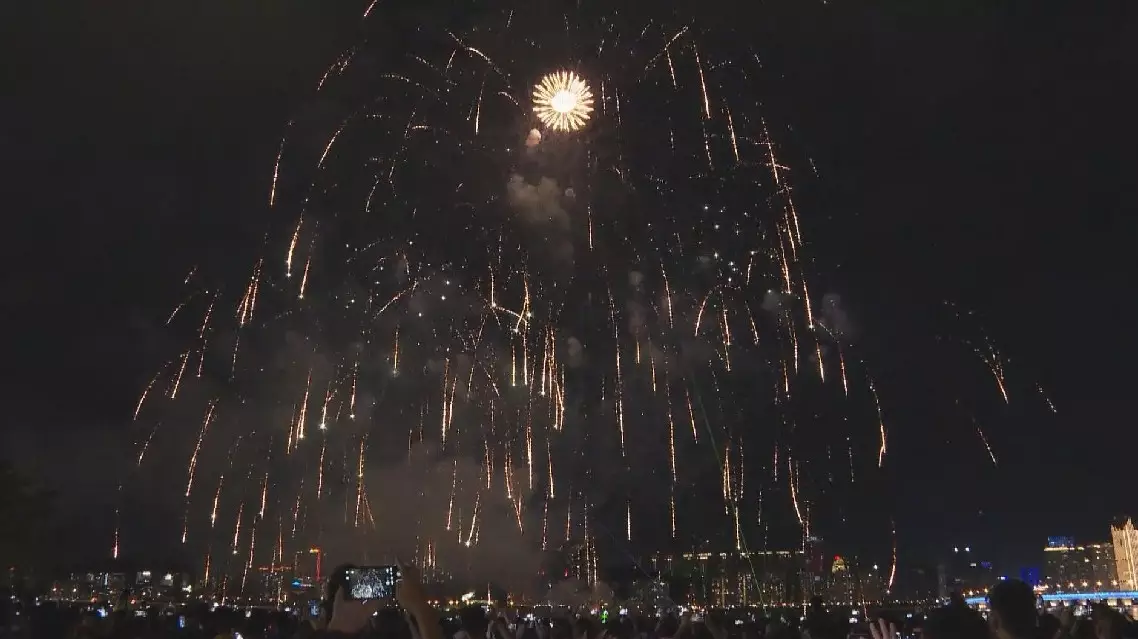
Macao holds dazzling int'l fireworks display contest
U.S. President Donald Trump's announcement of a 100 percent tariff on overseas-produced films has ignited fierce criticism from Hollywood and academic circles, amid growing concerns over the struggling domestic film industry.
Nicholas J. Cull, a professor at the University of Southern California's Annenberg School for Communication and Journalism, warned that the film tariff is fundamentally an act of political manipulation. He cautioned that it would heighten uncertainty in the industry, hinder international cultural exchange, sever global understanding, and undermine efforts toward international cooperation and dialogue.
"We live in a world where the problems are too big for any one country to solve, and the only way these problems are going to be solved is if people are able to work together. Now working together requires trust. Trust requires knowledge. One of the ways in which countries get to know each other, get to appreciate each other, is through exposure to their popular culture. Now it should be a time for learning more about each other, building trust between countries, and learning how to work together. And seeing each other's movies, I think, is a really important way of building knowledge and building trust. And so to me, the idea of limiting the distribution of films or penalizing production of foreign films is swimming in exactly the wrong direction at this particular moment in history," said Cull.
Cull also challenged Trump's justification that foreign films pose a threat to national security, calling it unconvincing and counterproductive to America's global image.
"He is making this important connection in that statement between what people see of America, how people feel about America, and how secure the United States is, but I don't think making crazy proposals and threatening our neighbors is a great way of helping America's reputation. I think that there must be better ways of going about this. So in the long term, this kind of behavior, I think increases mistrust about the United States," he said.
Cull further warned that the policy could trigger retaliatory measures from other countries, escalating into a cultural trade war that would limit the global flow of ideas and creativity.
"I think that in the more immediate future we can see that there will be a danger of reciprocal tariffs. So other countries will say, 'well, if you're going to impose a tariff on our production, we're going to impose a tariff on your production.' And that would be unhelpful. I think one of the things I would worry about is the world seeing less of one another's creativity, less of one another's perspectives. Right now, we need to know more about what each other are thinking, I feel," he explained.

Trump's film tariff fuels global cultural divide: scholar



